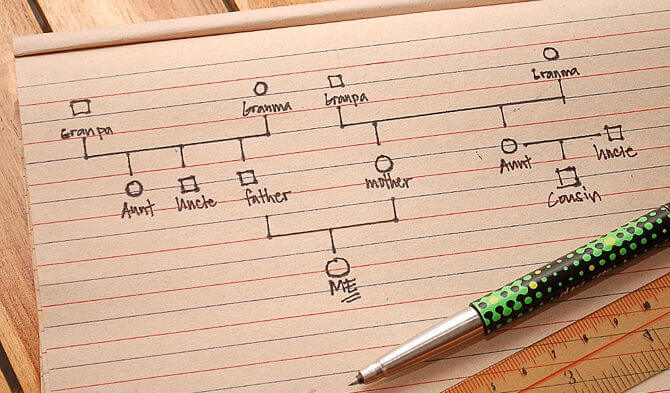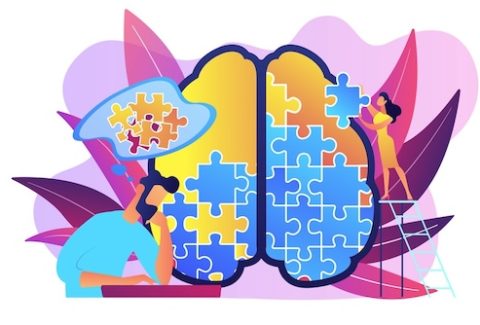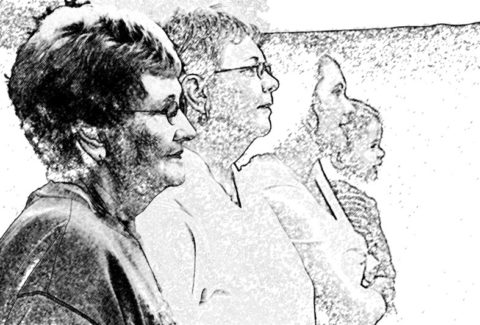Practical Interventions in Family Therapy
Introduction:
Family therapy, with its systemic lens and collaborative approach, offers a rich array of practical interventions designed to guide families through challenges and foster positive change. In this exploration of practical interventions, we delve into the transformative techniques employed by family therapists to create a compassionate landscape of healing and connection.
Communication Enhancement: Building Bridges of Understanding
At the heart of family dynamics lies communication, a cornerstone that either strengthens or strains relationships. Family therapists often employ interventions aimed at enhancing communication skills within the family unit. Techniques such as active listening, reflective dialogue, and assertiveness training empower family members to express themselves more effectively and understand one another with greater empathy.[1]
Narrative Therapy: Reshaping Family Stories for Resilience
Narrative therapy is a powerful intervention that invites families to examine and reshape their shared stories. By exploring family narratives, therapists help individuals reinterpret past experiences and co-create narratives that emphasize resilience and growth.[2] This intervention promotes a sense of agency, allowing families to construct narratives that foster positive identity and connection.
Structural and Strategic Interventions: Rearranging Dynamics for Positive Change
Family therapists often engage in structural[3] and strategic interventions to reshape family dynamics. Structural interventions[4] focus on adjusting roles and hierarchies within the family system to promote healthier patterns of interaction. Strategic interventions involve the intentional use of therapeutic techniques to bring about positive change, emphasizing problem-solving and collaboration.
Genograms: Mapping Family Histories for Insight
A genogram is a visual representation of family relationships, capturing the complex web of connections and influences across generations. Family therapists use genograms[5] as a diagnostic tool to explore family history, relationships, and patterns. This intervention provides valuable insights into transgenerational influences, helping therapists and families understand the roots of certain dynamics.
Behavioral Contracts: Collaborative Agreements for Change
In cases where specific behaviors are a source of tension within the family, therapists may facilitate the creation of behavioral contracts[6]. These contracts outline agreed-upon behaviors and consequences, fostering accountability and collaboration. Behavioral contracts provide a structured framework for addressing specific challenges and working towards shared goals.
Play and Art Therapy: Facilitating Expression Beyond Words
Especially effective with children and adolescents, play[7] and art therapy[8] offer alternative modes of expression beyond verbal communication. Through creative activities, family members can express emotions, explore perspectives, and strengthen connections. These interventions provide a non-threatening outlet for communication, allowing individuals to convey thoughts and feelings in a more abstract and symbolic manner.
Homework Assignments: Integrating Therapeutic Insights into Daily Life
Family therapists may assign homework[9] as a way to integrate therapeutic insights into daily life. This could involve practicing communication skills, implementing conflict resolution strategies, or engaging in collaborative activities. Homework assignments extend the therapeutic process beyond the session, reinforcing positive changes within the family context.
Conclusion: Empowering Families with Practical Tools for Change
Practical interventions in family therapy serve as transformative tools, empowering families to navigate challenges and build stronger connections. From enhancing communication to reshaping narratives and using visual tools like genograms, family therapists craft personalized strategies that address the unique dynamics of each family. By introducing practical interventions, family therapy becomes a collaborative journey, equipping families with the skills and insights needed to cultivate harmony and resilience in their shared narrative.
What to Know and What You Can Do:
Family therapy emerged as a distinct field in the mid-20th century, gaining momentum in the 1950s and 1960s. Early pioneers such as Nathan Ackerman[10], Murray Bowen[11], Salvador Minuchin[12], and Carl Whitaker[13] contributed significantly to its development. They challenged the traditional individual-focused approach to therapy and introduced the idea of addressing familial dynamics and relationships as a means of facilitating psychological healing and growth. Since then, family therapy has evolved and diversified, encompassing various theoretical approaches and techniques to address a wide range of family issues and dynamics.
At SWEET, we believe that family therapy complements individual therapy rather than replacing it. However, we recognize that being informed about family therapy principles can significantly enhance an individual therapist’s effectiveness. Regardless of your therapeutic modality, consider acquiring fundamental skills in family therapy. Look for educational opportunities that offer courses in family therapy (SWEET’s upcoming Family Therapy Virtual Conference). If you encounter any challenges finding the right fit for your learning needs and style, don’t hesitate to reach out to us. We are committed to helping you find the optimal learning environment, tailored to your needs and fostering a supportive community as you continue your professional development journey.
[1] Williams-Reade, Jacqueline, et al. “Enhancing residents’ compassionate communication to family members: A family systems breaking bad news simulation.” Families, Systems, & Health 36.4 (2018): 523.
[2] Phipps, Warwick D., and Charl Vorster. “Refiguring family therapy: Narrative therapy and beyond.” The Family Journal 23.3 (2015): 254-261.
[3] Colapinto, Jorge. “Structural family therapy.” Encyclopedia of couple and family therapy (2019): 2820-2828.
[4] Szapocznik, José, et al. “Brief strategic family therapy: Implementing evidence-based models in community settings.” Psychotherapy research 25.1 (2015): 121-133.
[5] Joseph, Bindu, et al. “Exploring the therapeutic effectiveness of genograms in family therapy: A literature review.” The Family Journal 31.1 (2023): 21-30.
[6] Epstein, Norman B., and Frank M. Dattilio. “Behavioral and cognitive‐behavioral approaches in systemic family therapy.” The Handbook of Systemic Family Therapy 1 (2020): 365-389.
[7] Daley, Lexie Pfeifer, et al. “Family system play therapy: An integrative approach.” The American Journal of Family Therapy 46.5 (2018): 421-436.
[8] Hoshino, Janice. “Getting the picture: family art therapy.” The Wiley handbook of art therapy (2015): 210-220.
[9] Kazantzis, Nikolaos, et al. “Clinician experiences of homework in couples and family therapy: A survey of perceived impact on the working alliance.” Scandinavian Journal of Psychology 64.1 (2023): 1-9.
[10] Braverman, Lois. “Ackerman Institute for the Family.” Encyclopedia of Couple and Family Therapy (2019): 20-23.
[11] Popovic, M. A. J. A. “Bowen family systems theory.” Marriage and family therapy: A practice-oriented approach (2019): 43-69.
[12] Reiter, Michael D. “Salvador Minuchin, MD: Innovator and Challenger.” Journal of Systemic Therapies 36.4 (2017): 16-22.
[13] Whitaker, Carl A. “The dynamics of the American family as deduced from 20 years of family therapy: The family unconscious.” Evolution Of Psychotherapy. Routledge, 2015. 75-90.









